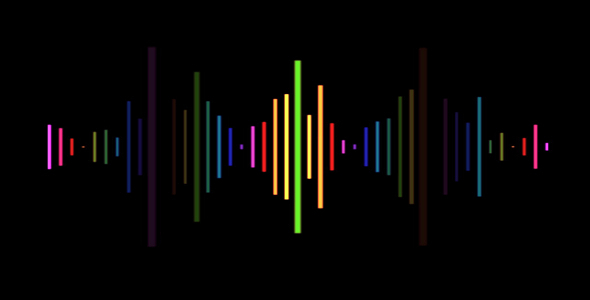If yes, lets ask ourselves how we do so. Someone recently told me this: "Ann, have you ever considered how you can love people of who are of diametrically opposite personalities? These individuals are at the ends of a spectrum. And in between lie all the other people that you touch with your life - different people at different times in different ways, . You give of yourself to so many people - in umpteen ways, in as many times. You have so much love in you to give." This observation astounded and humbled me. I had never thought of love as a continuum.
Are we guilty of neatly labeling relationships and slotting them into appropriate boxes? To be opened and closed as and when required? What does a relationship mean to us?
Look at the babies. Relationships are quite simple really for them. They freely give unconditional love. When does this metamorphose into a learned behaviour of giving when something is given in return? Giving and always expecting something in return.
We love, and expect to be loved in return. And if we don't receive what we expect, we neatly label the box and file it away for posterity. Little realising that in doing so, we are also slotting a part of ourselves away. That we become less 'whole' in the process. In the process, relationships become a barter of sorts. Where is the giving of self in such a case?
Dr Richard McHugh once said that love is decision to give all of oneself, willingly, no expectations. Its a choice one makes. When we enter into relationships with people, be they parents, friends, children, spouses, lovers, colleagues & others - with expectations of what we will receive, where is the giving? Aren't we then guilty of choosing how much of ourselves we share?
The metaphor that comes to mind is the notes of music. The music is our life. The notes the relationships we have in this life. Each note is distinct, no two are alike. Each has a different life span. Some are played gently, some strongly; some long, others short. Some notes are played over and over again. There are pauses between these relationship notes. Every one note is whole in itself, but limited. When played individually, they stand apart with no connection. Play it in continuum, and the beautiful song of love emerges. A place for every note, in the song of our lives. Let's walk this beautiful journey of life, learning to touch lives by giving of ourselves in relationships with love....
Seasons greetings to all!


